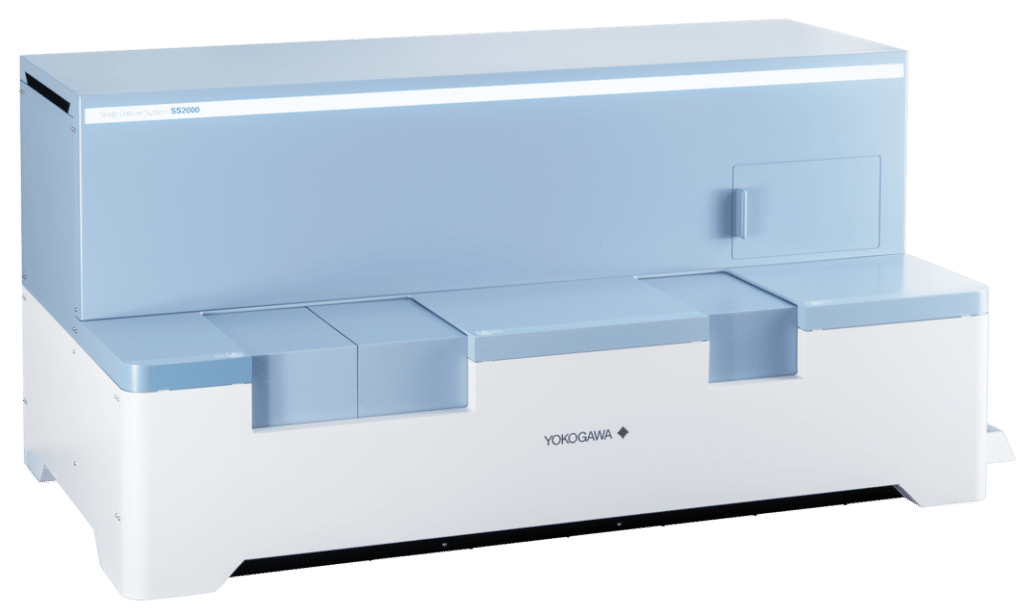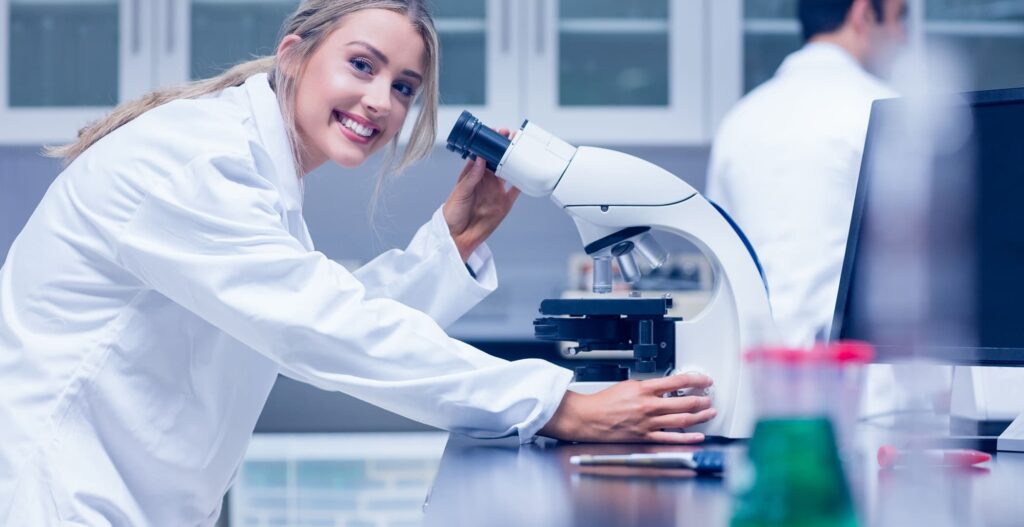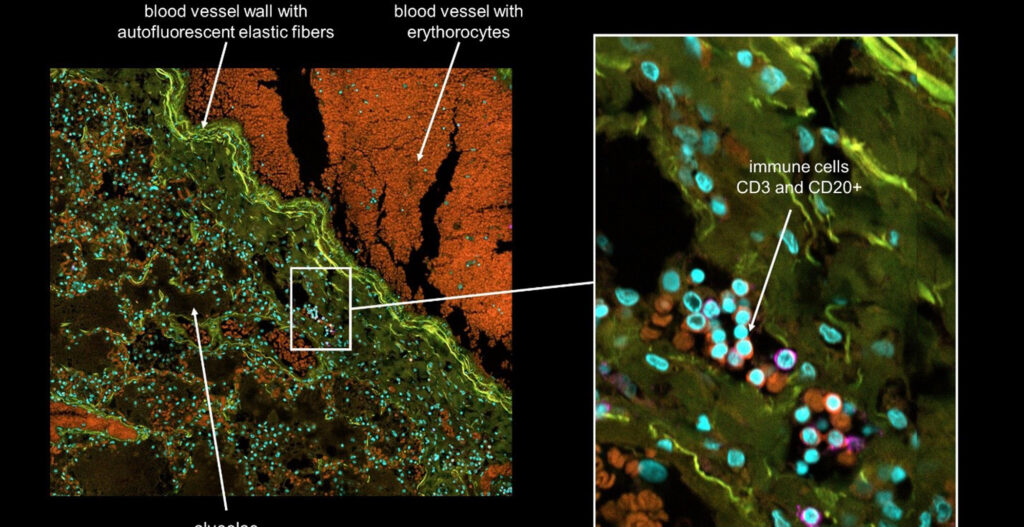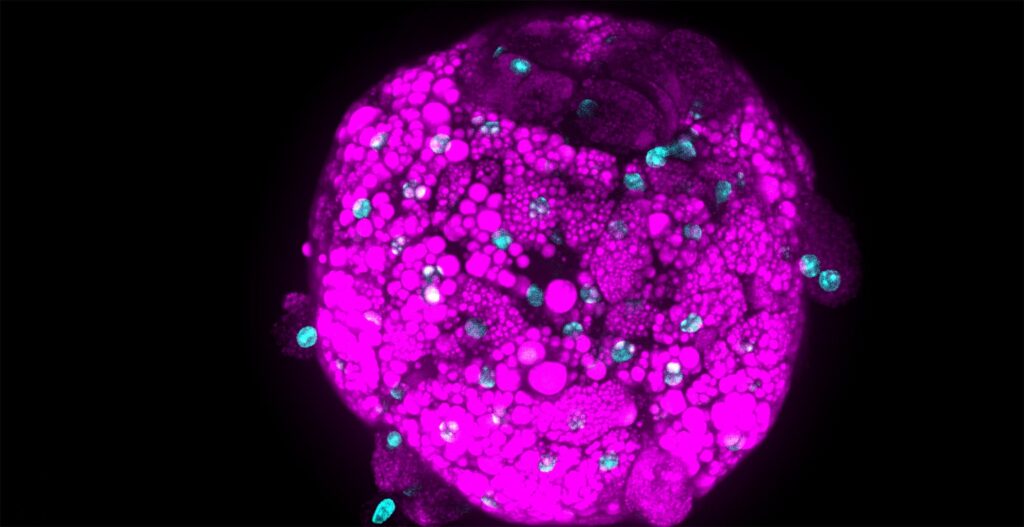End of 2022, Yokogawa started a collaborative project with Prof. Melanie Bailey from Surrey University (department of Chemistry). The project is called (SEISMIC) facility for Spatially rEsolved sIngle and Sub-cellular oMICs funded by the Biotechnology and Biological Sciences Research Council (BBSRC) for a period of five years.
The project’s scope is to provide an open resource for spatial single and sub-cellular “omics” measurement, for the benefit of UK academia and industry. The center will exploit our newly developed system called Single Cellome® SS2000. This system enables automated sampling of single cells or intracellular components of single cells without loss of spatial context.
Research Focus of Prof. Bailey’s Group
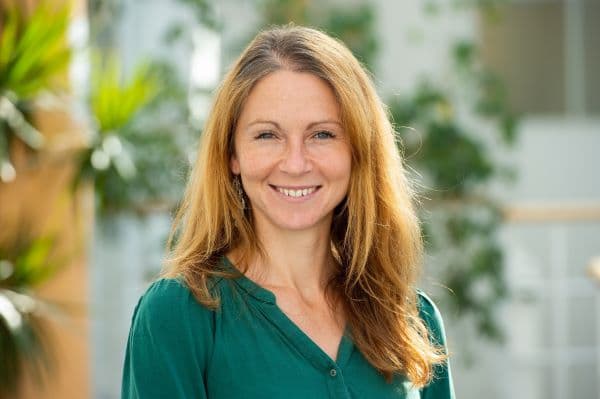
Prof. Bailey’s group focuses on developments in mass spectrometry and ion beam analysis as well as a novel application of these techniques. Broadly speaking, the group is interested in small sample volume analysis and increasing the quality of information obtained from a small sample of material – e.g., a single cell or a fingerprint.
First research with SS2000 prototype
The first prototype glass capillary tips for the SS2000, with an internal diameter of 3−5 μm from Yokogawa, were used for Direct Analyte-Probed Nanoextraction (DAPNe) of single cells (1). Prof. Bailey’s group described their development of a new method for spatially resolved lipidomics, based on capillary microsampling and liquid chromatography-mass spectrometry (DAPNe-LC-MS). While the experiments based on capillary microsampling are very time-consuming and user-unfriendly, the development of a system that can automatically sample single cells as the SS2000 from Yokogawa can revolutionize and facilitate the experimental workflow dramatically. The system SS2000 is not only a sampling machine but also a high-content imaging-based system that enables automated sampling of specific single cells based on the high content analysis (HCA) results. For example, only cells with specific characteristics can be sampled after confocal microscopy imaging which is included in the SS2000.
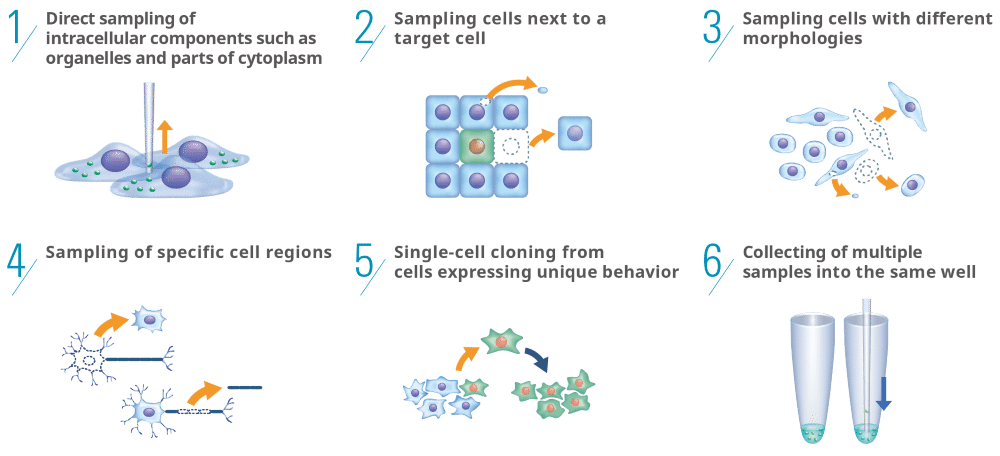
Outlook: More important research results to come
With this new technology, Melanie Bailey’s research group will be able to sample single cells more efficiently to study numerous diseases including Alzheimer’s, Parkinson’s, tuberculosis, and other infectious diseases, and therefore, this methodology should be of interest to researchers working across a range of disease and tissue types.
References:
1. Colocation of Lipids, Drugs, and Metal Biomarkers Using Spatially Resolved Lipidomics with Elemental Mapping. Holly-May Lewis, Catia Costa, Véronique Dartois, Firat Kaya, Mark Chambers, Janella de Jesus, Vladimir Palitsin, Roger Webb, and Melanie J. Bailey, Analytical Chemistry 2022 94 (34), 11798-11806, DOI: 10.1021/acs.analchem.2c01940
GET IN TOUCH
